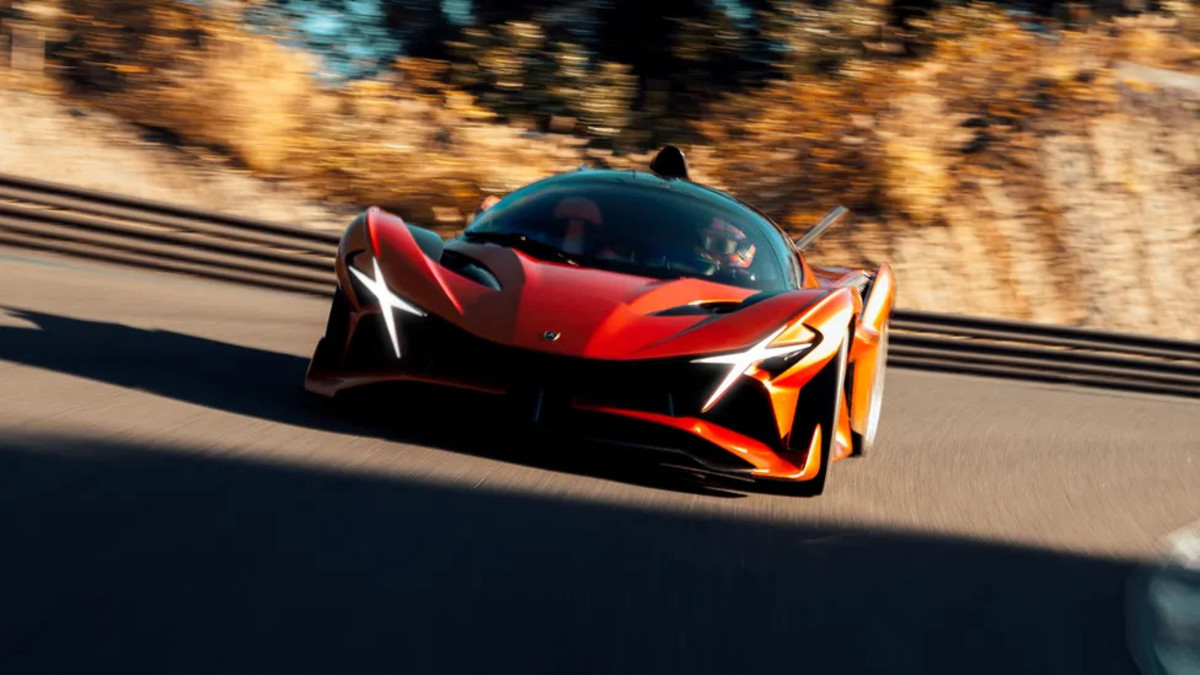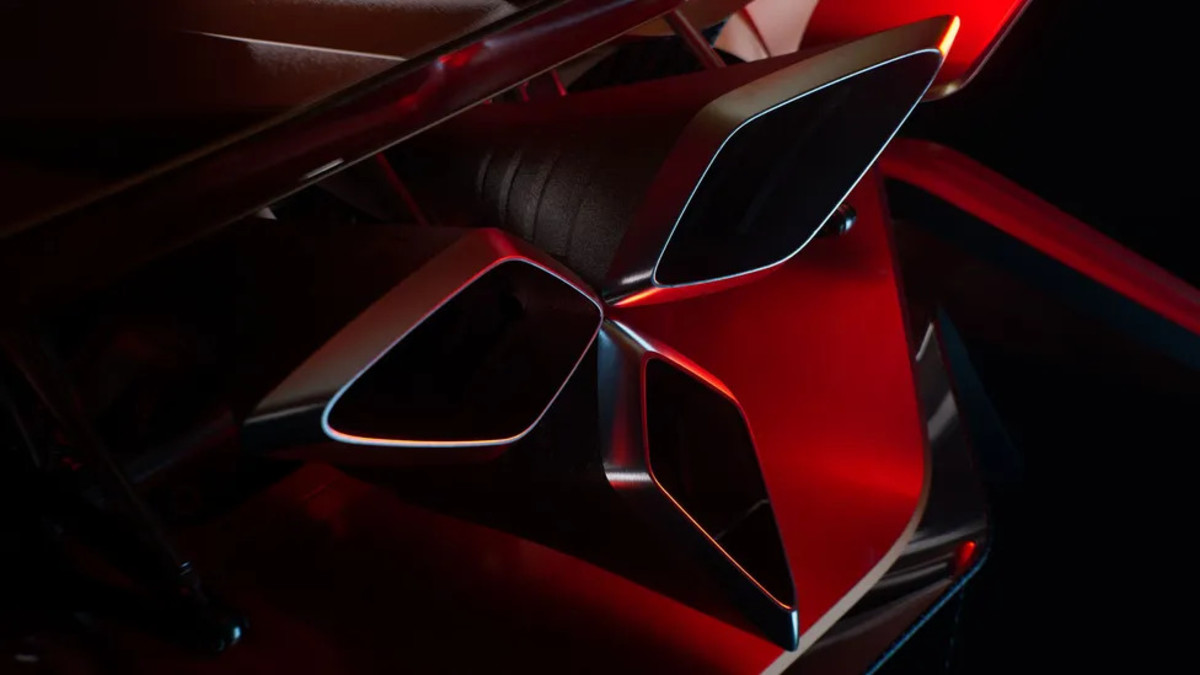The Apollo Evo isn’t just another hypercar—it’s the evolved successor to the extreme Intensa Emozione that pushes track-focused engineering even further. Building on the IE’s 9,000-rpm naturally aspirated V12 legacy, the Evo represents 20 years of Apollo evolution in just 10 ultra-exclusive units. Here are the seven features that make this hypercar the ultimate successor story.
Quick Specs:
- Production: 10 units globally
- Engine: 6.3L naturally aspirated V12
- Power: 789hp, 564 lb-ft
- Weight: 2,866 lbs
- 0-60 mph: 2.7 seconds
- Top Speed: 208 mph
- Deliveries: 2026
1. Ultra-Exclusive 10-Unit Production Run
Like its predecessor the Intensa Emozione, the Apollo Evo maintains the 10-unit global production limit—making this the second time Apollo has created a hypercar rarer than the McLaren F1. The IE established Apollo’s modern ultra-exclusive philosophy, and the Evo continues this tradition.
This consistency isn’t coincidence—it’s Apollo’s signature approach to hypercar creation, ensuring each model remains a genuine collector’s piece rather than a limited production run that eventually reaches hundreds of units.
Related: Apollo Arrow rises from Gumpert ashes with 1,000 hp
2. 789-HP Naturally Aspirated V12
The Evo builds directly on the Intensa Emozione’s Ferrari-derived 6.3-liter naturally aspirated V12 that produced 780 horsepower, now pushing 789 horsepower and 564 lb-ft of torque. While the IE could rev to an astonishing 9,000 rpm, the Evo refines this formula for even more potent track performance.
Both cars share the six-speed sequential transmission philosophy, but the Evo’s tuning delivers 0-60 mph in 2.7 seconds and a 208 mph top speed with the kind of naturally aspirated V12 symphony that made its predecessor legendary.

3. More Mass for Maximum Stiffness
The carbon fiber monocoque weighs just 364 pounds—that’s the chassis alone. At 2,866 pounds (1,300 kg) total, the Evo weighs 110 pounds more than the 2,756-pound (1,250 kg) Intensa Emozione, but gains a crucial 15% increase in chassis stiffness and significantly more power.
This represents Apollo’s evolution in engineering philosophy: accepting strategic weight increases for substantial structural improvements that deliver superior track handling, safety, and the additional power handling capability needed for 800 horsepower.

4. Le Mans-Inspired Active Aerodynamics
Instead of slapping on massive wings for maximum downforce, Apollo employs intelligent active aerodynamics inspired by Le Mans prototypes. The adjustable rear wing and integrated aero elements prioritize driver control over brute-force grip.
This philosophy lets skilled drivers exploit the car’s balance rather than simply hanging on to excessive downforce—exactly how Le Mans legends are born.

5. Track-Only DNA with Racing Heritage
The Evo is track-only, designed exclusively for circuit domination. This isn’t a compromise—it’s complete focus. The original Gumpert Apollo set the fastest production car lap at the Nürburgring in 2009, and the Evo carries that racing DNA forward.
With Michelin Pilot Sport Cup 2 tires and carbon ceramic brakes, every component is geared towards maximum track performance.

6. Six-Speed Sequential Gearbox Precision
While most hypercars use dual-clutch automatics, the Evo features a six-speed sequential gearbox that connects driver to machine without electronic interference. This transmission choice prioritizes engagement over convenience—pure driving nirvana for track purists.
Combined with the rear-wheel-drive layout, it delivers the kind of mechanical connection that modern hypercars often sacrifice for ease of use.

7. 2026 Delivery for the Ultimate Waiting Game
Deliveries don’t start until 2026, giving Apollo time to perfect every detail and the fortunate 10 owners time to prepare for hypercar history. This isn’t a delay—it’s anticipation building for what could be one of the last naturally aspirated V12 hypercars ever made.
By 2026, regulations and market trends may make naturally aspirated engines extinct, making the Evo a time capsule of pure mechanical performance.

The Bottom Line: Automotive History in Motion
The Apollo Evo represents something increasingly rare—a hypercar built without compromise for pure track performance. With only 10 units planned and a naturally aspirated V12 at its heart, it’s not just exclusive—it’s potentially the end of an era.
For car enthusiasts, the Evo stands as proof that some manufacturers still prioritize driving purity over market trends. Even if you’ll never own one, knowing it exists makes the automotive world a little more special.

